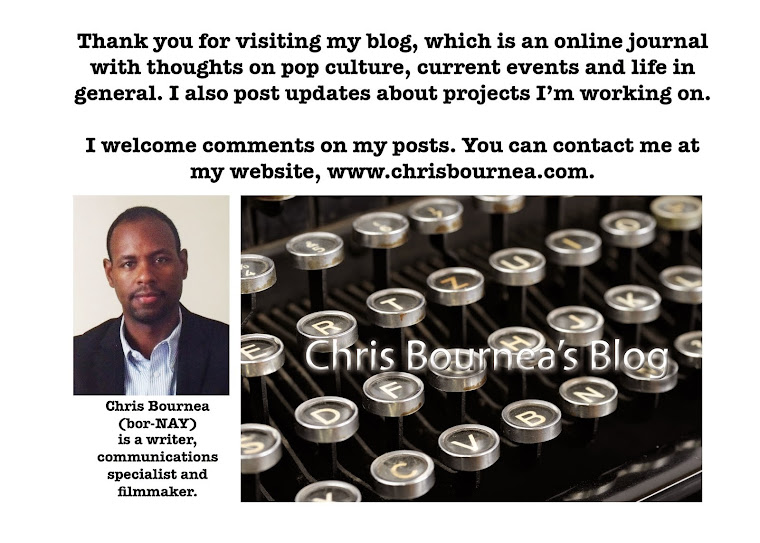When I heard that the national tour of the smash Broadway musical "Hamilton" was coming to my neck of the woods, I vowed to land a ticket. I can't wait to see "Hamilton" in Cleveland during Playhouse Square's 2017-18 season.
The occasion will have a special significance, since Playhouse Square is the venue where I presented my own play, "The Springtime of Our Lives," in June 2014.
There's just one problem: neither the website for Playhouse Square nor "Hamilton" lists the dates or allows you to buy tickets for the show's Cleveland engagement. Since "Hamilton" tickets are bound to sell out instantly, it seems like the only thing to do is to monitor the websites every day to check for when tickets go on sale.
Unless you do this:
Buy a season ticket for Playhouse Square's current 2016-17 season. You'll be given the option to renew your season ticket for the 2017-18 season, which, of course, includes "Hamilton."
The fact that I ended up buying a season ticket for Playhouse Square was one of those "happy accidents" that life hands you. I live in Columbus, which is more than two hours south of Cleveland. But buying a ticket for Playhouse Square's entire season is much cheaper than what I'd pay a scalper for a "Hamilton" ticket.
Plus, the season ticket comes with the added benefit of seeing shows I wouldn't ordinarily see. I look forward to driving to Cleveland to see "The Curious Incident of the Dog in the Night-time," "Something Rotten!" and "An American in Paris."
In fact, since I'm a writer and director who plans to eventually revive my play "The Springtime of Our Lives" and bring other theatrical productions to the stage, attending shows at Playhouse Square will be educational - an informal "drama school."
"Hamilton" is certainly bound to be the hottest ticket in Cleveland and every other town that the show is scheduled to visit. Rather than purchasing tickets for a theater's entire season, I'm sure most "Hamilton" fans would prefer to see only that show - and maybe see it multiple times since it's become such a phenomenon.
But buying a season ticket is a relatively inexpensive way to support other deserving shows and to broaden your cultural horizons.
(Chris Bournea is the writer and director of the forthcoming documentary "Lady Wrestler: The Amazing, Untold Story of African-American Women in the Ring")
The fact that I ended up buying a season ticket for Playhouse Square was one of those "happy accidents" that life hands you. I live in Columbus, which is more than two hours south of Cleveland. But buying a ticket for Playhouse Square's entire season is much cheaper than what I'd pay a scalper for a "Hamilton" ticket.
Plus, the season ticket comes with the added benefit of seeing shows I wouldn't ordinarily see. I look forward to driving to Cleveland to see "The Curious Incident of the Dog in the Night-time," "Something Rotten!" and "An American in Paris."
In fact, since I'm a writer and director who plans to eventually revive my play "The Springtime of Our Lives" and bring other theatrical productions to the stage, attending shows at Playhouse Square will be educational - an informal "drama school."
"Hamilton" is certainly bound to be the hottest ticket in Cleveland and every other town that the show is scheduled to visit. Rather than purchasing tickets for a theater's entire season, I'm sure most "Hamilton" fans would prefer to see only that show - and maybe see it multiple times since it's become such a phenomenon.
But buying a season ticket is a relatively inexpensive way to support other deserving shows and to broaden your cultural horizons.
(Chris Bournea is the writer and director of the forthcoming documentary "Lady Wrestler: The Amazing, Untold Story of African-American Women in the Ring")

